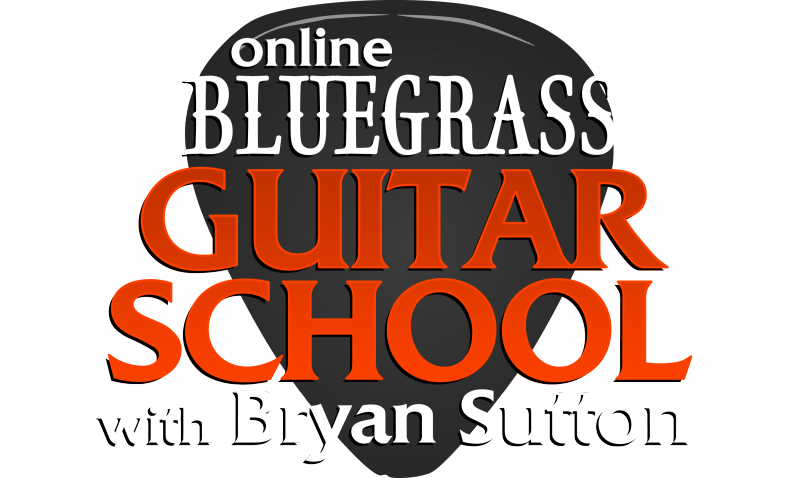The G Run - Guitar Lesson by Bryan Sutton
"The G Run is probably the most important element to define Bluegrass rhythm as a style." - Bryan Sutton
Bryan Sutton spends a lot of time focusing on ways to embellish basic rhythm patterns in his Bluegrass guitar lessons, and in his guitar lesson he breaks down "The G Run". The G Run is a very important technique for bluegrass guitarists to learn because it embodies the classic Bluegrass rhythm and helps defines the end of a phrase, verse, or chorus - you'll hear it again and again in Bluegrass songs.
The G Run is built around the Pentatonic Scale and dates back to the early days of music. Before there were large ensembles that included bass and percussion, rhythm guitar was traditionally the main rhythmic element in the group. As such, rhythm guitarists were crucial to establish the rhythm of the song.
You can hear an early recorded version of The G Run on the old Bill Monroe tune "Mule Skinner Blues", but it was also made popular by Lester Flatt (the guitarist for Earl Scruggs). Bryan recommends that you start with the Flatt version because it's more basic, which makes it easier to pick out what he's playing.
This bluegrass technique combines a few elements from Bryan's other guitar lessons, including alternating bass, boom chuck strumming - so be sure to brush up on that first if you're not already up to speed.
Watch Bryan's Free Guitar Lessons |
Lester Flatt's version of the G Run is really helpful for when you're coming to an end of a phrase, because it's an audio indicator for the listener (and the rest of the band for that matter) that you've come to an ending of a 4 bar line. The point is to cut through the rest of the band with this lick, but you don't want to overplay them either. Practice finding that balance where your G Run cuts through but does not overpower the music.
There's an expanded version which Bryan also teaches here, which starts on the open A string and uses some familiar picking techniques including hammer-ons and pull-offs (check out Andy Hall's breakdown of Pull Offs and Hammer Ons here).
Bryan also shows you how Bluegrass legend Del McCoury adds a F note to the G Run to give it a more bluesey feel. Compare this to the previous version and it's interesting to hear how changing just one note can affect the whole character of the lick.
The G Run has its own internal rhythm, because it's leading you back into "home" - which is the G Chord. There's different ways to do it, which is useful and exciting to learn because they all work enhance the rhythm of the music you're playing.







